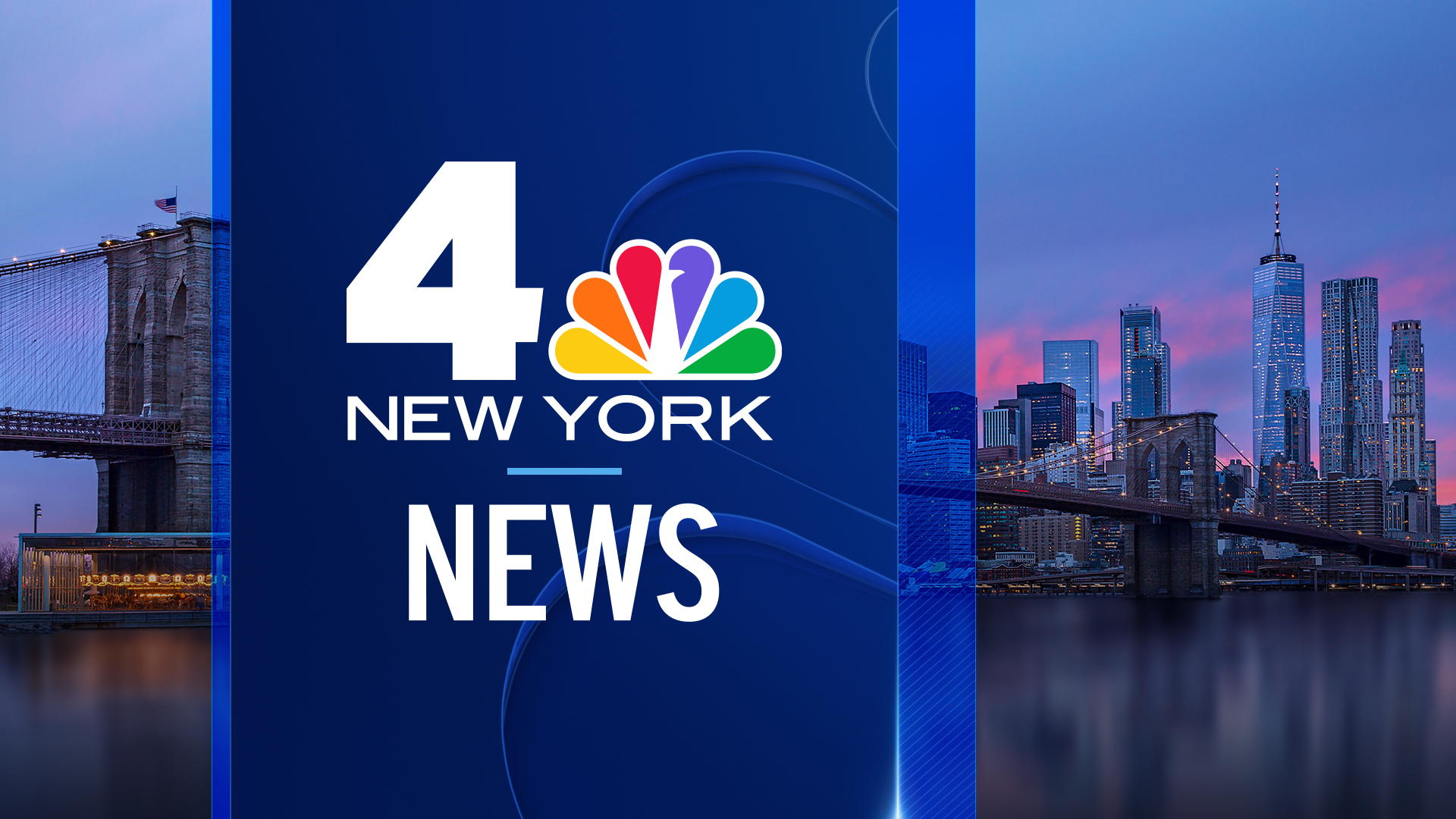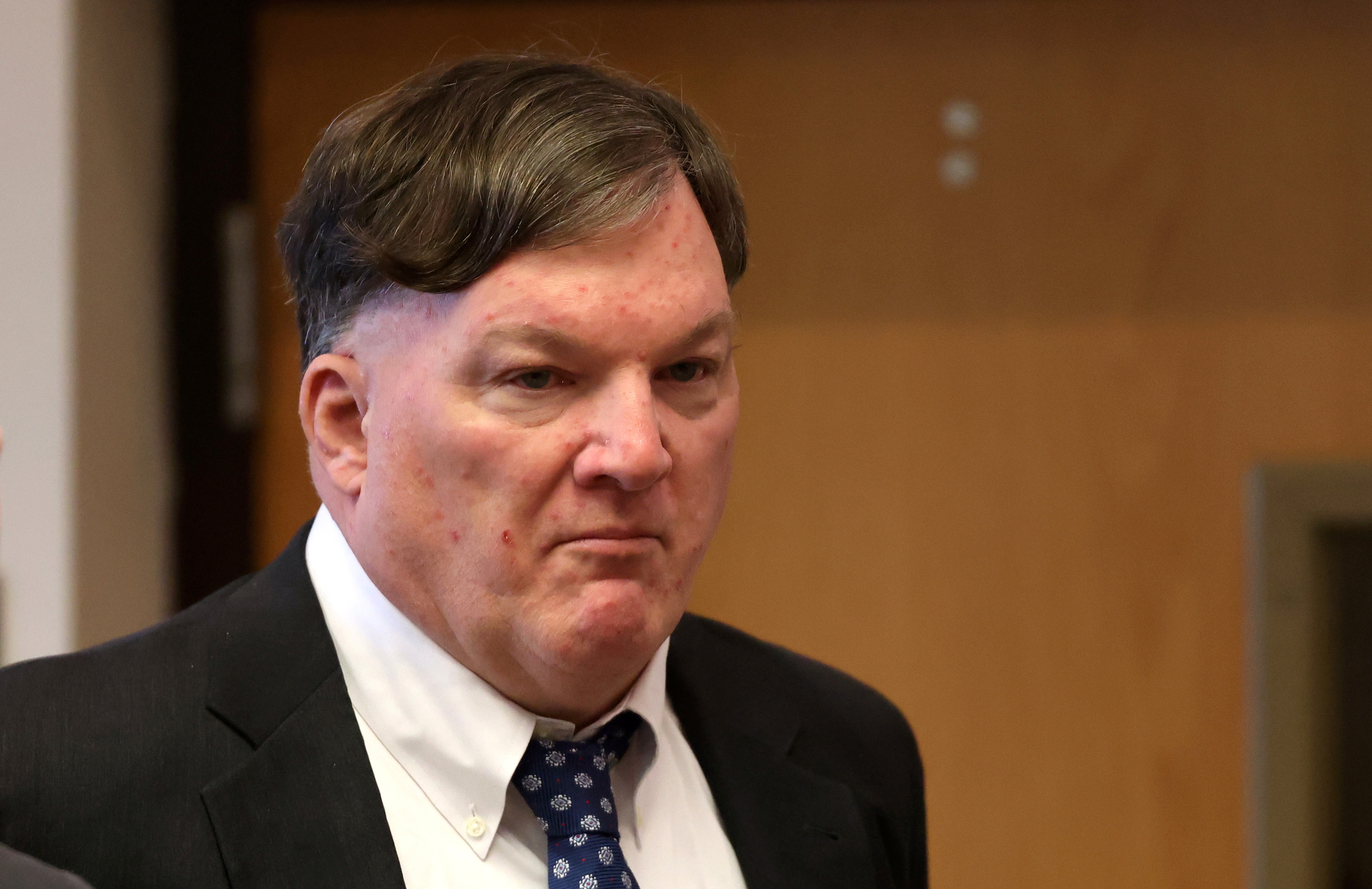Gov. Andrew Cuomo says “cashless” automated tolls booths on all MTA-operated bridges and tunnels in the New York metropolitan region will be completed by the end of 2017. News 4’s Andrew Siff reports.
Gov. Andrew Cuomo says "cashless" automated tolls booths on all MTA-operated bridges and tunnels in the New York metropolitan region will be completed by the end of 2017.
The effort is part of the Democratic governor's "New York Crossings Project," which will also include color LED illumination of bridges and driver facial recognition cameras for tighter security.
"Why are we still stopping at toll booths?" Cuomo said Wednesday. "It's an outdated methodology of collecting money."
The governor said of the new cashless toll system: "It saves the average commuter 21 hours per year. Think about that. You get a day back per year where you're not sitting in a car."

Speeding up traffic is the goal of what's called open-road tolling. The governor first announced it in October but said Wednesday it's now full-speed ahead: the Queens Midtown and Hugh L. Carey (also known as the Brooklyn Battery) tunnels go cashless by Jan. 31.
Rockaway bridges will be completed in the spring and the RFK and Verrazano-Narrows bridges will be ready by the summer. Fall should see the completion of the Throgs Neck and Bronx-Whitestone bridges.
Cuomo also unveiled a new TV ad feature John Leguizamo encouraging New Yorkers to sign up for E-Z Pass. Those who don't have E-ZPass will be identified through license plate readers attached to overhead structures called gantries, and be sent a bill.
Local
As for those who don't pay, 150 state troopers newly assigned to bridges and tunnels will be waiting. The revamped toll areas will have special pull-off lanes where police will learn quickly if drivers haven't paid in the past.
The technology will instantly transmit that data in less than five seconds, according to state police, and an alarm will trigger in the trooper's vehicle alerting of the violator.
Some drivers wonder if the unintended consequence is worth it: the tolls are still there, and law enforcement is watching like never before.
As for the 513 toll booth workers and agents employed by MTA Bridges and Tunnels, they'll be reassigned to work under the state police enforcement division, according to officials.



